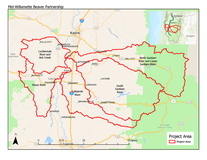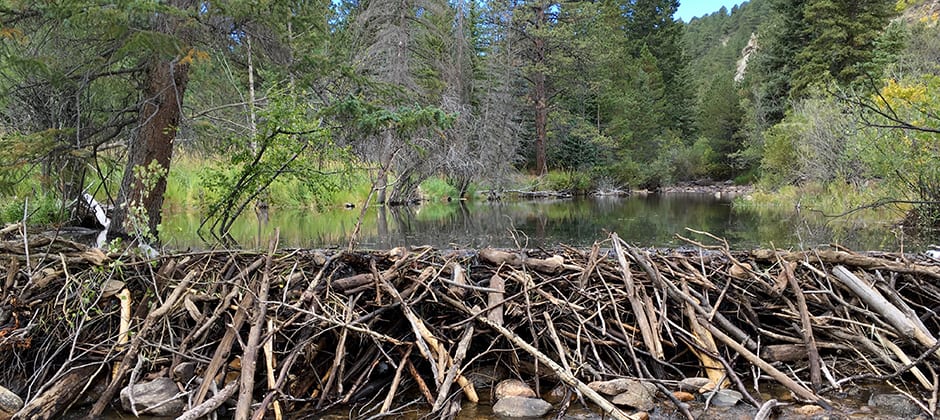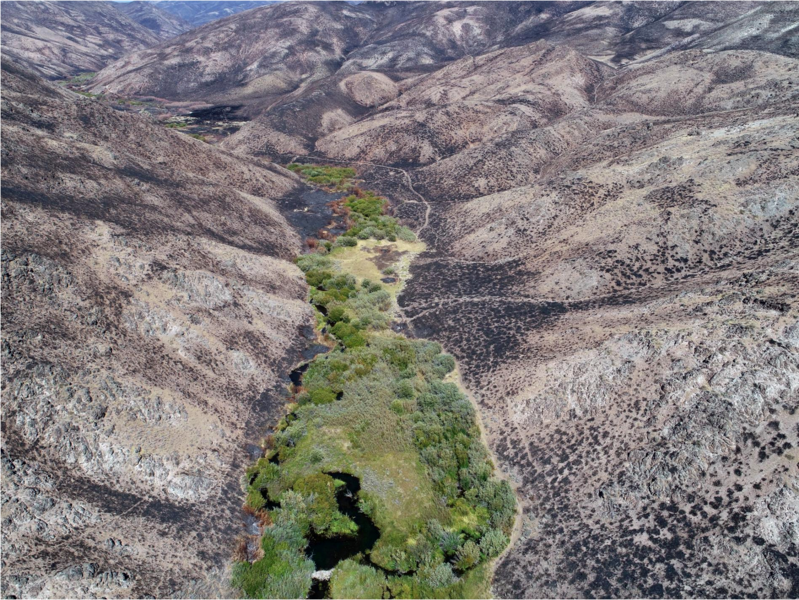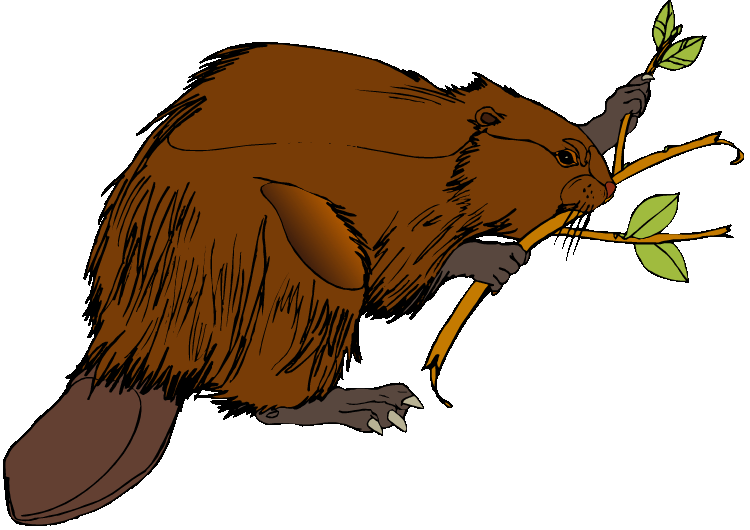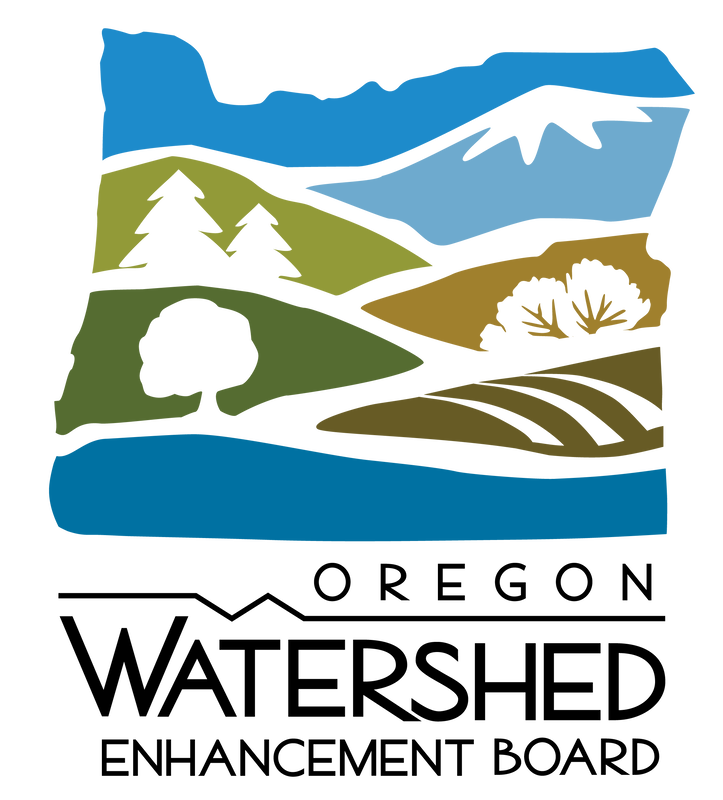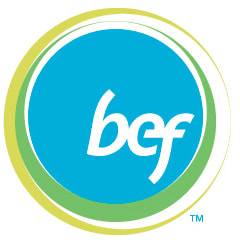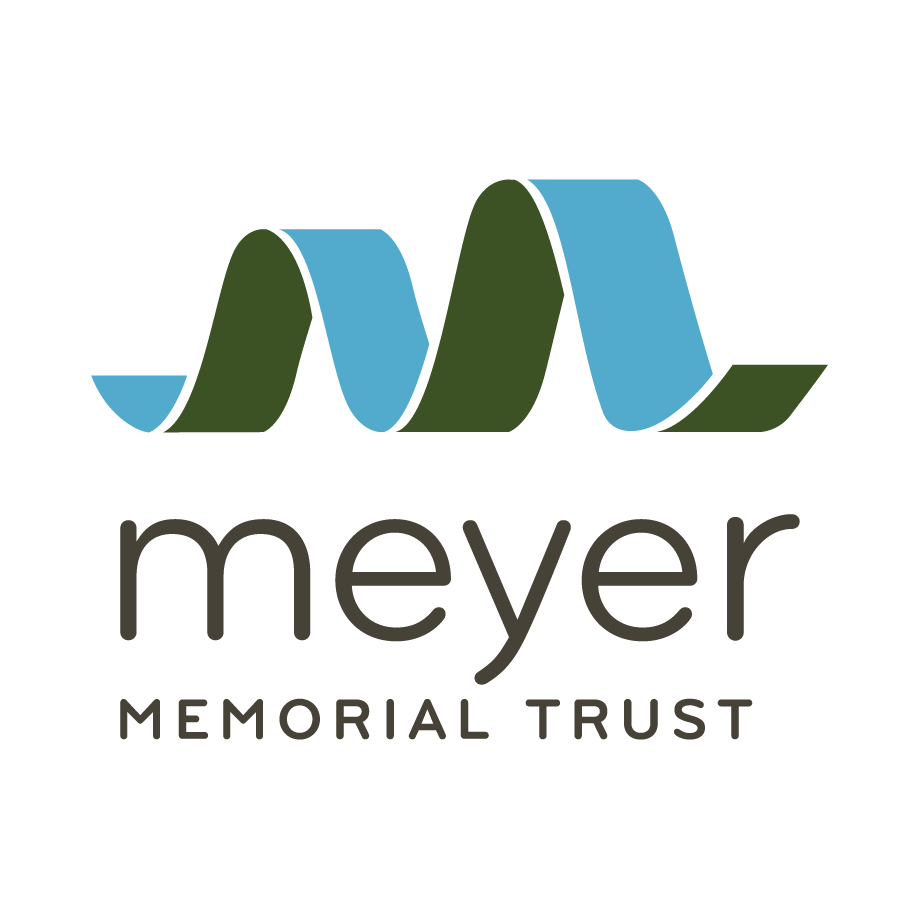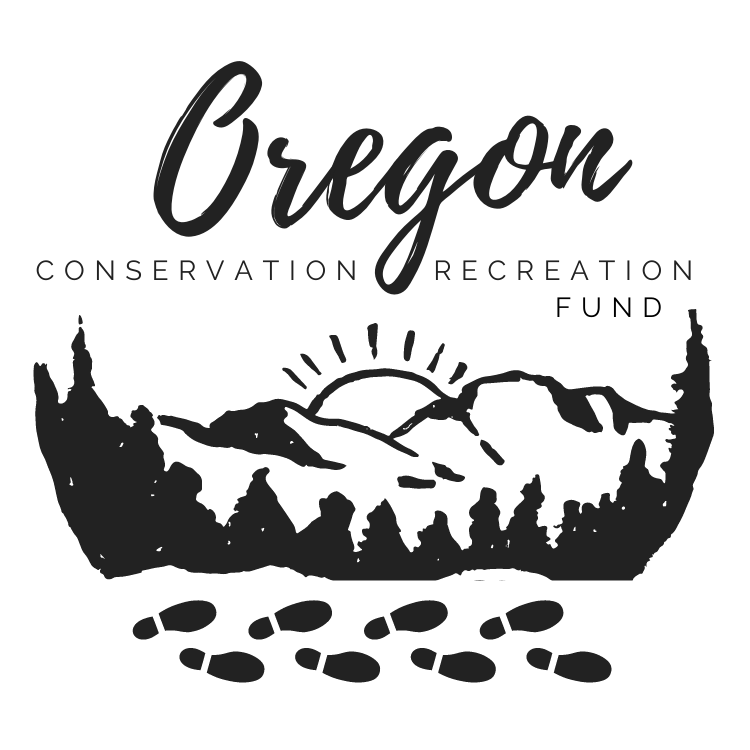Giant Beaver Dam on Oak Creek, by Kathleen Westly (Marys River Watershed Council)
Tribal MWBP partners:
|
Project partners beyond the MWBP include:
|
What is the Goal of the MWBP?
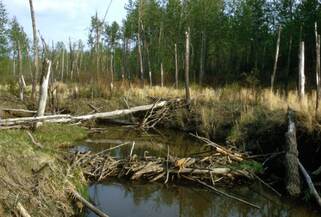
The MWBP seeks to expand the ecological and social benefits that beaver habitats provide while mitigating the potential negative impacts beaver behavior can cause. One component of the work involves a stakeholder engagement (SE) process to understand how landowners, land managers and community members perceive beaver behavior and beaver dams. In addition to the SE process, the MWBP is working with a team of researchers to conduct an extensive beaver habitat assessment of all year-round waterways in the five basins represented by the partnership. We look forward to sharing more information with you as we move further along in this process, but in the meantime, read on below for more information about these buck-toothed ecosystem engineers. If you are interested in learning more about how the MWBP was formed and how it is funded, click here to visit the MWBP background page.
Why Beavers?
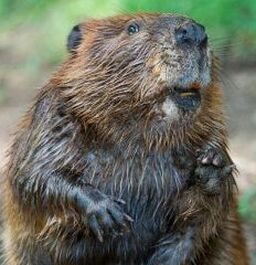
The North American Beaver (Castor canadensis) is one of the few species that deliberately and profoundly alters its environment for its own benefit. Beavers often construct dams in order to slow the flow of water and create an open water habitat. These pools provide a safe place for beavers to build their home lodges and access their favorite food – the inner bark layer of certain species of trees, including willow, alder and cottonwood. The ponds and wetlands that are created behind beaver dams do more than provide beaver with a safe place to live, they provide a vast array of benefits to the surrounding landscape and their resident plant and wildlife communities. Some of these benefits we’ve known for a long time, while others are only just beginning to be fully documented. Below are just a few of the many benefits of beavers and their dams:
|
You can learn more about how beavers create ponds and wildlife- rich wetlands by visiting the High Desert Museum’s interactive beaver stream website at https://highdesertmuseum.org/beaver-interactive/.
MWBP Partner News
Luckiamute Watershed Council highlights beavers at 2023 and 2024 events with "Beavers in the Basin" theme
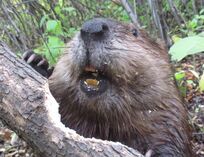
During 2023 and 2024, the theme for the Luckiamute Watershed Council's Love Your Watershed education and outreach program is Beavers in the Basin! The LWC is looking forward to bringing the watershed community events that highlight the history of beavers in the watershed; dispel some beaver myths; give details about the many positive effects that this industrious rodent can have on the health of our rivers and lands; and offer strategies to help reduce beaver-related impacts and increase coexistence opportunities. Click here to learn more!
This page is under construction, and will continue to be developed in the coming months. Come back soon for more beaver info!

